Species Photo Gallery for Enchenopa binotata Two-marked Treehopper 17 |
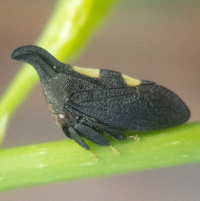 | Photo by: Scott Morris
Buncombe Co.
Comment: Found on plants that run along a metal fence line that separates two yards. There are a variety of invasive species along this fence, including Celastrus orbiculatus. The adult hoppers were found on two or three different plants several feet apart. | 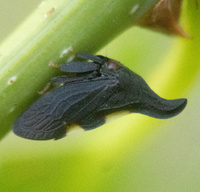 | Photo by: Scott Morris
Buncombe Co.
Comment: Found on plants that run along a metal fence line that separates two yards. There are a variety of invasive species along this fence, including Celastrus orbiculatus. The adult hoppers were found on two or three different plants several feet apart. |
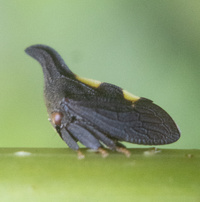 | Photo by: Scott Morris
Buncombe Co.
Comment: Found on plants that run along a metal fence line that separates two yards. There are a variety of invasive species along this fence, including Celastrus orbiculatus. The adult hoppers were found on two or three different plants several feet apart. | 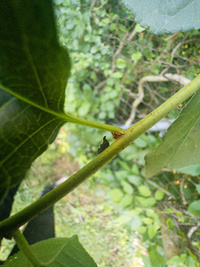 | Photo by: Scott Morris
Buncombe Co.
Comment: Found on plants that run along a metal fence line that separates two yards. There are a variety of invasive species along this fence, including Celastrus orbiculatus. The adult hoppers were found on two or three different plants several feet apart. |
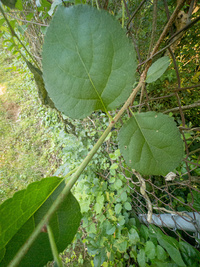 | Photo by: Scott Morris
Buncombe Co.
Comment: Found on plants that run along a metal fence line that separates two yards. There are a variety of invasive species along this fence, including Celastrus orbiculatus. The adult hoppers were found on two or three different plants several feet apart. | 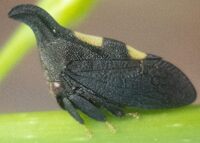 | Photo by: Scott Morris
Buncombe Co.
Comment: Found on plants that run along a metal fence line that separates two yards. There are a variety of invasive species along this fence, including Celastrus orbiculatus. The adult hoppers were found on two or three different plants several feet apart. |
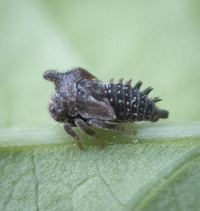 | Photo by: Scott Morris
Buncombe Co.
Comment: Found on leaf of host along a fence line in a suburban backyard. | 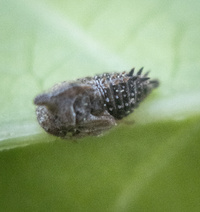 | Photo by: Scott Morris
Buncombe Co.
Comment: Found on leaf of host along a fence line in a suburban backyard. |
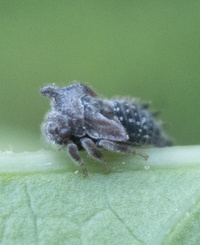 | Photo by: Scott Morris
Buncombe Co.
Comment: Found on leaf of host along a fence line in a suburban backyard. | 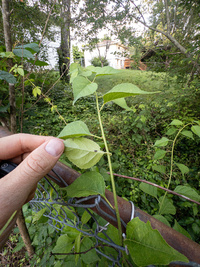 | Photo by: Scott Morris
Buncombe Co.
Comment: Found on leaf of host along a fence line in a suburban backyard. |
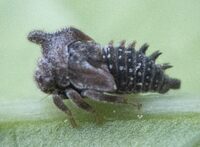 | Photo by: Scott Morris
Buncombe Co.
Comment: Found on leaf of host along a fence line in a suburban backyard. | 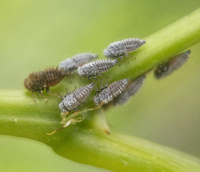 | Photo by: Scott Morris
Buncombe Co.
Comment: Found on stem of plant. The plant was growing along a fence in a suburban yard. |
 | Photo by: Scott Morris
Buncombe Co.
Comment: Found on stem of plant. The plant was growing along a fence in a suburban yard. |  | Photo by: Scott Morris
Buncombe Co.
Comment: Found on stem of plant. The plant was growing along a fence in a suburban yard. |
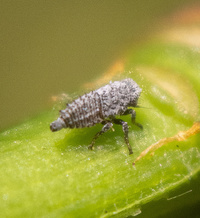 | Photo by: Scott Morris
Buncombe Co.
Comment: Found on stem of plant. The plant was growing along a fence in a suburban yard. |  | Photo by: Scott Morris
Buncombe Co.
Comment: Found on stem of plant. The plant was growing along a fence in a suburban yard. |
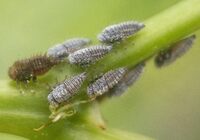 | Photo by: Scott Morris
Buncombe Co.
Comment: Found on stem of plant. The plant was growing along a fence in a suburban yard. |

 »
»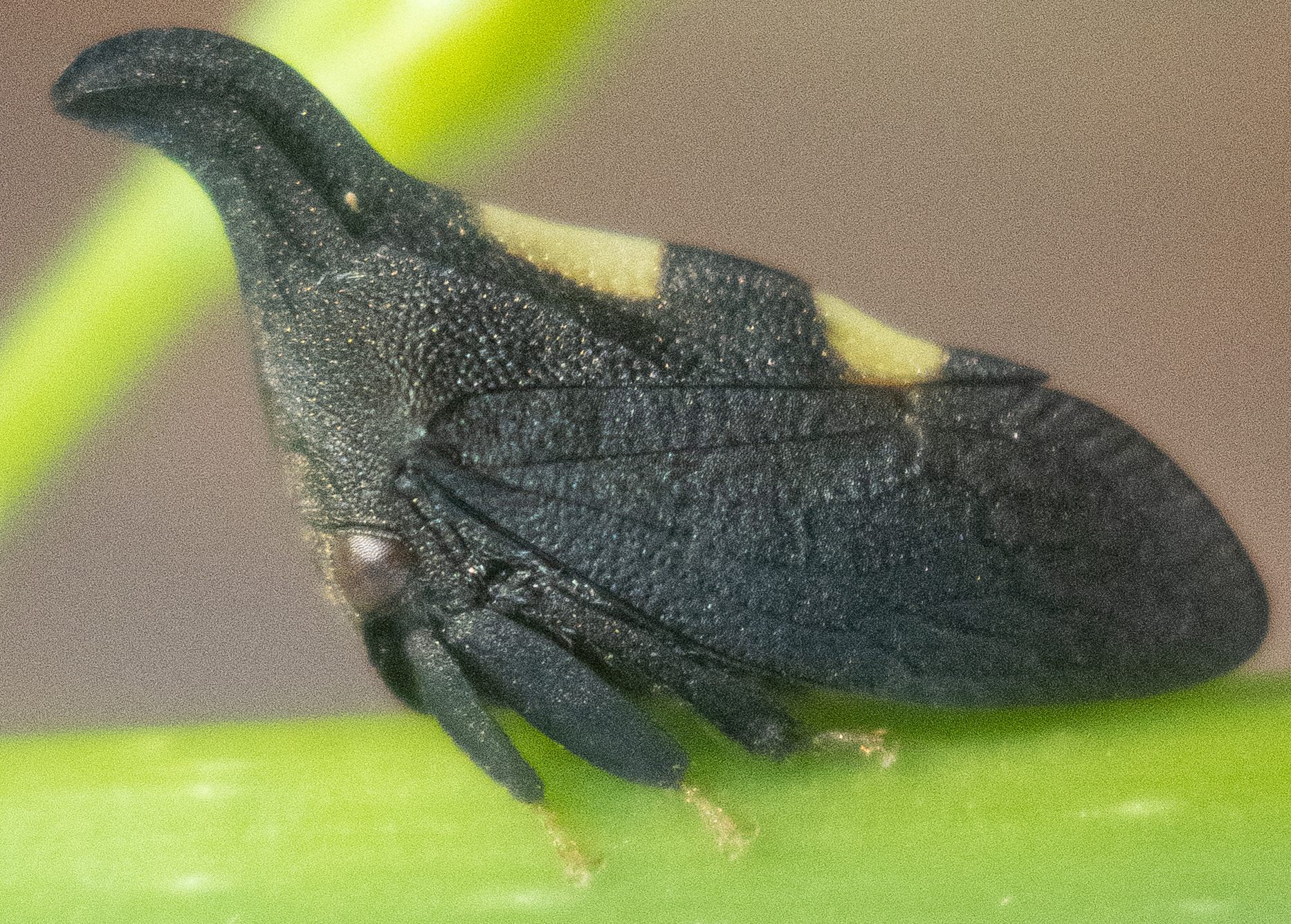
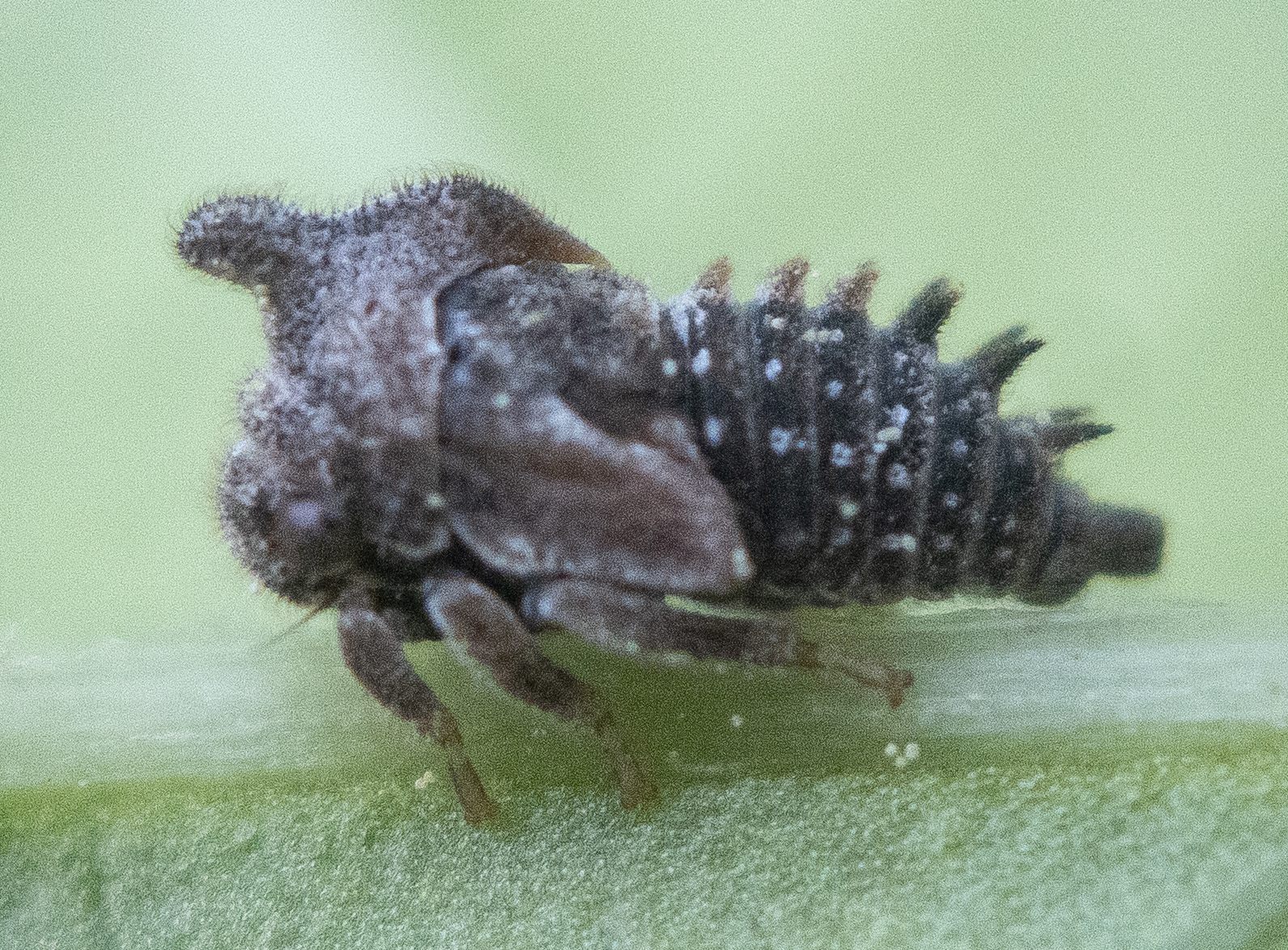
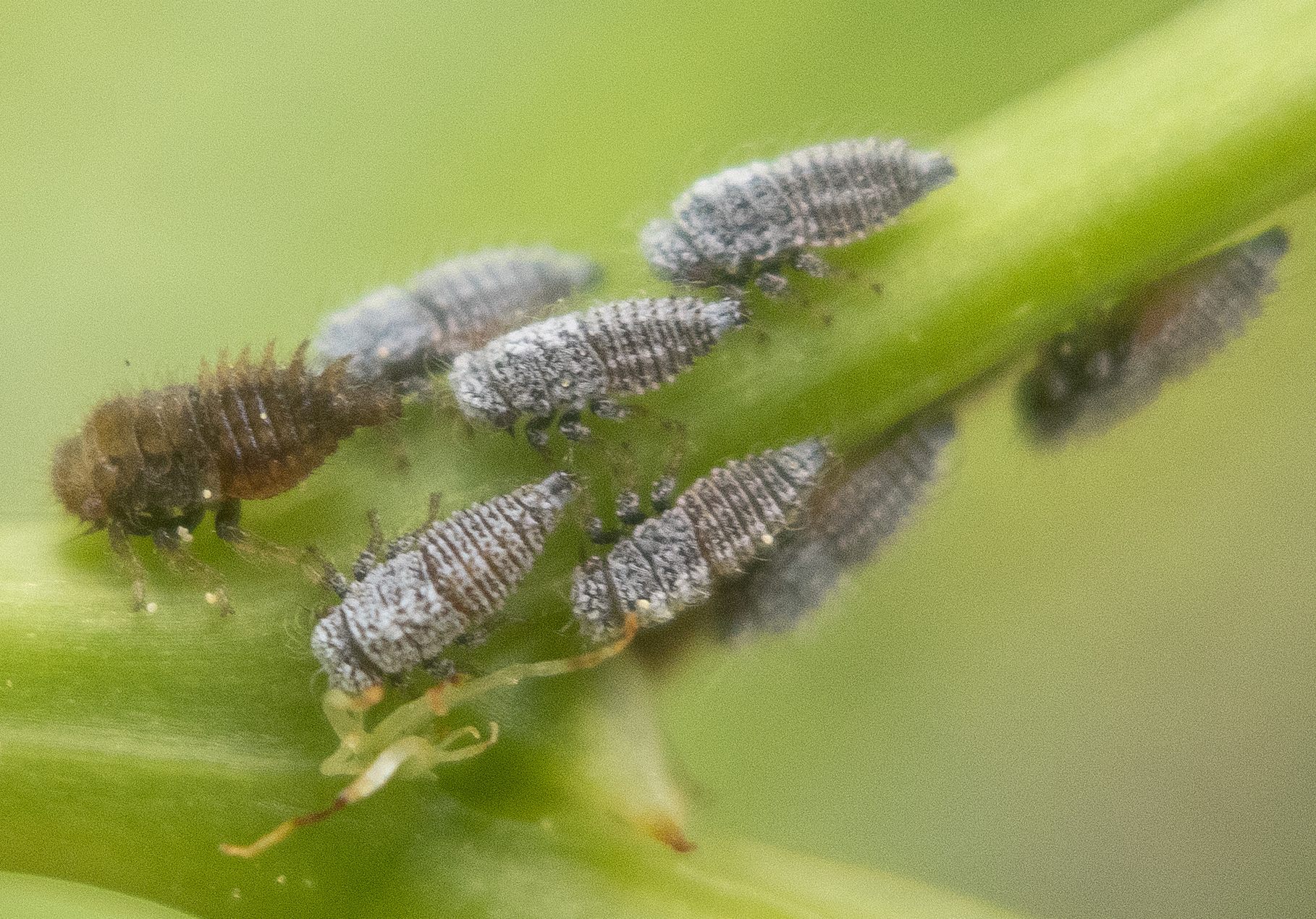

 »
»

